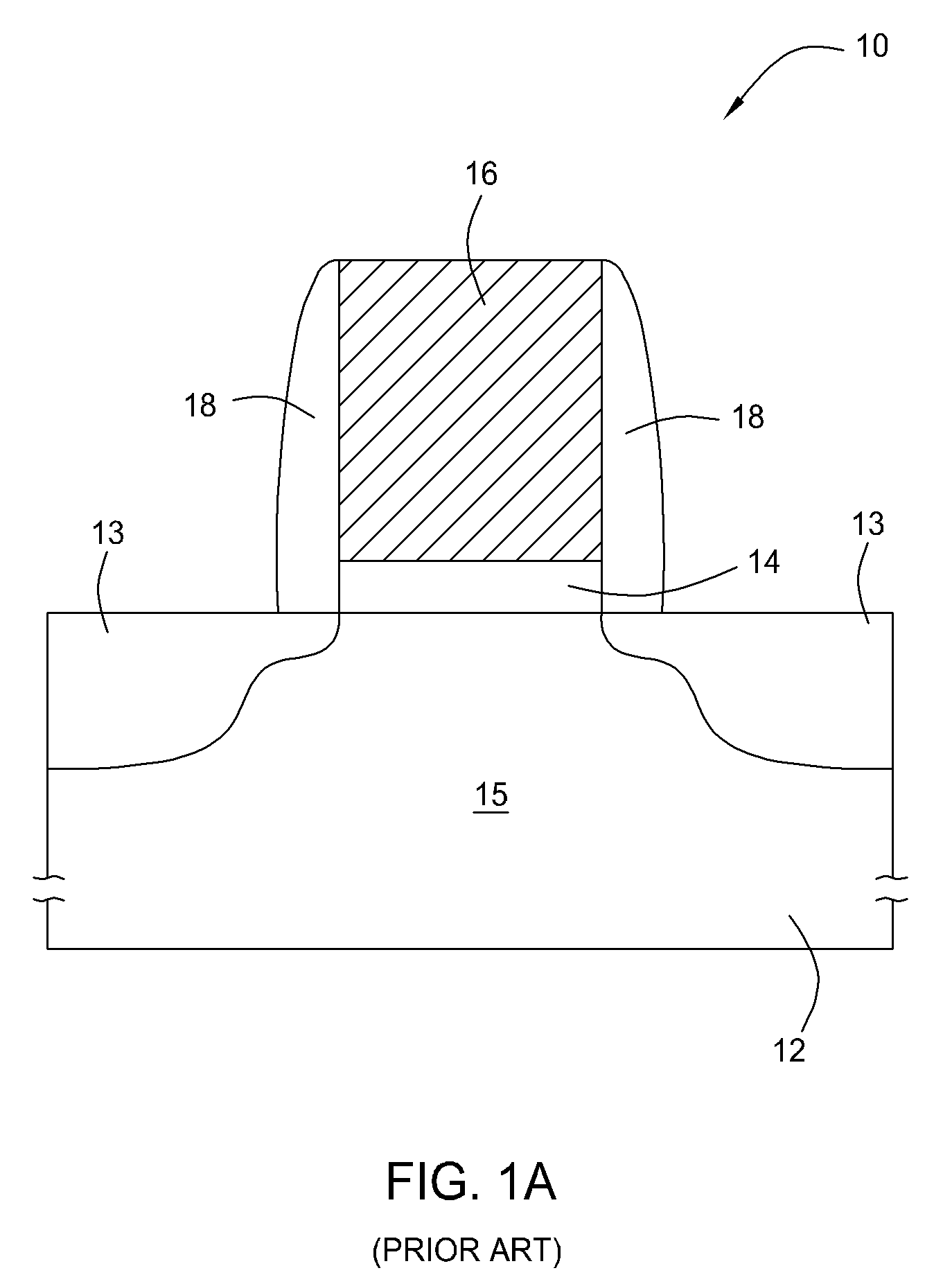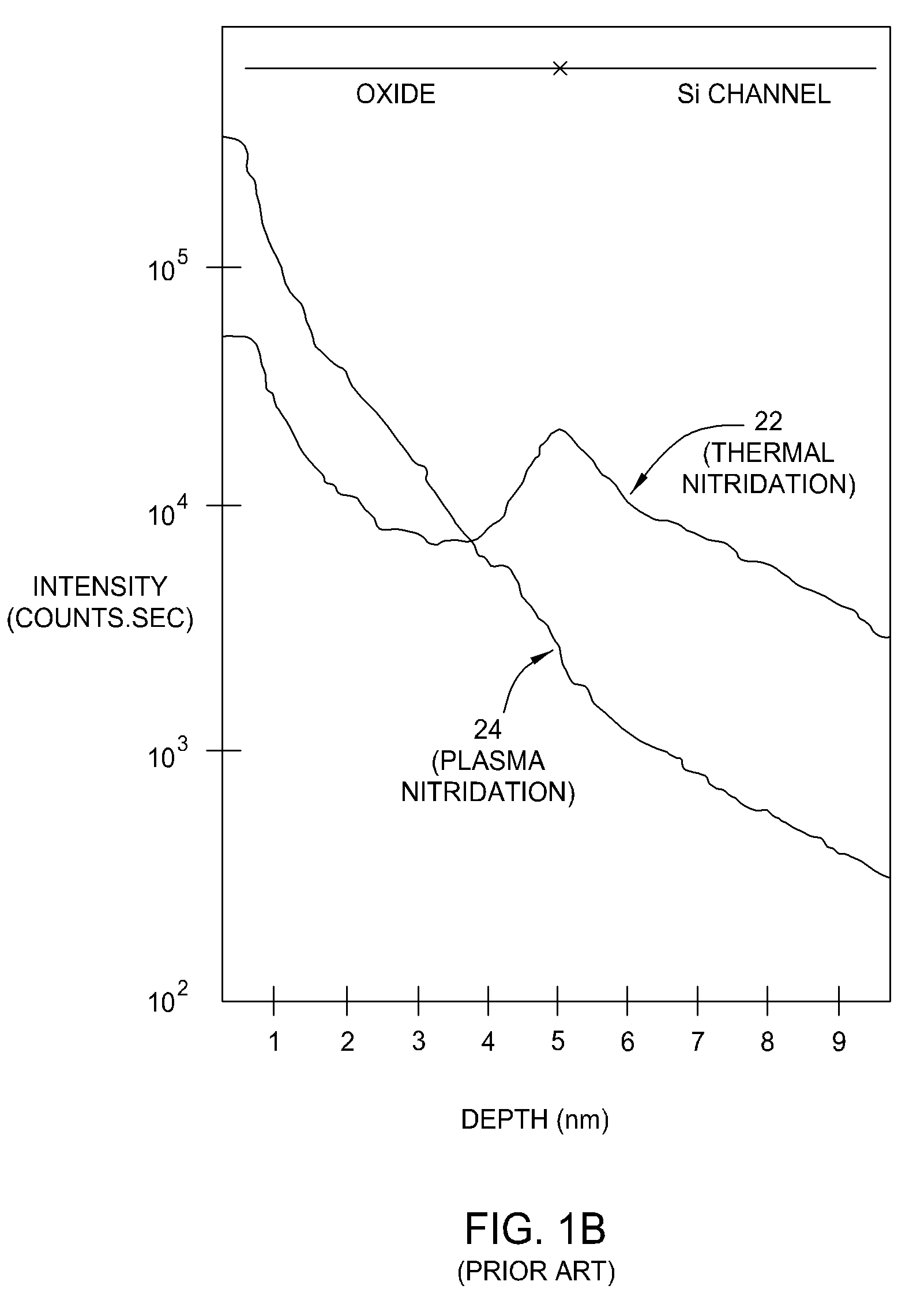Method of fabricating a high dielectric constant transistor gate using a low energy plasma apparatus
a dielectric constant transistor and plasma apparatus technology, applied in the field of forming a dielectric layer of a gate, can solve the problems of increasing the power consumption of the gate, unsatisfactory effects on the performance and durability of the gate, and increasing the leakage current of the ga
- Summary
- Abstract
- Description
- Claims
- Application Information
AI Technical Summary
Benefits of technology
Problems solved by technology
Method used
Image
Examples
Embodiment Construction
[0043]The present invention generally provides methods and apparatuses that are adapted to form a high quality dielectric gate layer on a substrate. Embodiments contemplate a method wherein a metal plasma treatment process is used in lieu of a standard nitridization process to form a high dielectric constant layer on a substrate. Embodiments further contemplate an apparatus adapted to “implant” metal ions of relatively low energy in order to reduce ion bombardment damage to the gate dielectric layer, such as a silicon dioxide layer, and to avoid incorporation of the metal atoms into the underlying silicon. Embodiments of the invention may be useful in the formation of semiconductor devices, such as logic or memory devices.
Method of Fabricating a High Dielectric Constant Transistor Gate
[0044]Current state-of the art device fabrication processes have difficulty in producing a gate dielectric layer that has a 5-10 Å EOT that has a low leakage current. The current state of the art proce...
PUM
| Property | Measurement | Unit |
|---|---|---|
| RF frequency | aaaaa | aaaaa |
| RF frequency | aaaaa | aaaaa |
| thickness | aaaaa | aaaaa |
Abstract
Description
Claims
Application Information
 Login to View More
Login to View More - R&D
- Intellectual Property
- Life Sciences
- Materials
- Tech Scout
- Unparalleled Data Quality
- Higher Quality Content
- 60% Fewer Hallucinations
Browse by: Latest US Patents, China's latest patents, Technical Efficacy Thesaurus, Application Domain, Technology Topic, Popular Technical Reports.
© 2025 PatSnap. All rights reserved.Legal|Privacy policy|Modern Slavery Act Transparency Statement|Sitemap|About US| Contact US: help@patsnap.com



